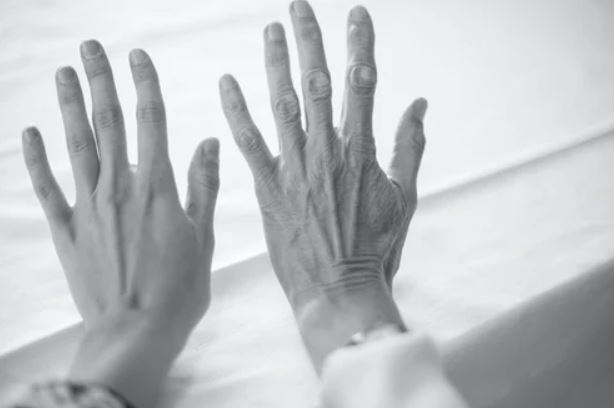Overview
Osteoarthritis (OA) is a joint disease. It is the most common form of arthritis among older people, and it is one of the most frequent causes of physical disability among older adults.OA occurs when cartilage, the tissue that cushions the ends of the bones within the joints, breaks down and wears away. In some cases, all of the cartilage may wear away, leaving bones that rub up against each other.
OA can affect any joint in the body. It’s most likely to affect the joints that bear most of our weight, such as the knees and feet. Joints that we use a lot in everyday life, such as the joints of the hand, are also commonly affected. People with osteoarthritis usually have joint pain and, after rest, stiffness (inability to move easily) for a short period.
The most commonly affected joints include the:
● Hands (ends of the fingers and at the base and ends of the thumbs).
● Knees.
● Hips.
● Neck.
● Lower back.
Cause
Osteoarthritis was long believed to be caused by the wearing down of joints over time. But scientists now see it as a disease of the joint.
Here are some things that may contribute to OA:
● Age. The risk of developing OA increases someone gets older because bones, muscles, and joints are also aging.
● Joint injury. A break or tear can lead to OA after years.
● Overuse. Using the same joints over and over in a job or sport can result in OA.
● Obesity. Extra weight puts more stress on joint and fats cells to promote inflammation.
● Weak muscles. Joints can get out of the right position when there’s not enough support.
● Genes. People with family members who have OA are more likely to develop OA.
● Sex. Women are more likely to develop OA than men.
Symptoms
Symptoms tend to build over time rather than show up suddenly. They include:
● Pain or aching in the joint during activity, after long activity, or at the end of the day.
● Joint stiffness usually occurs first thing in the morning or after resting.
● Limited range of motion that may go away after movement.
● Clicking or cracking sound when a joint bends.
● Swelling around a joint.
● Muscle weakness around the joint.
● Joint instability or buckling (knee gives out).
Here are ways that OA may affect different parts of the body:
● Hips. Pain is felt in the groin area or buttocks and sometimes on the inside of the knee or thigh.
● Knees. A “grating” or “scraping” feeling when moving the knee.
● Fingers. Bony growths (spurs) at the edge of joints can cause fingers to become swollen, tender, and red. There may be a pain at the base of the thumb.
● Feet. The big toe feels painful and tender. Ankles or toes may swell.
As OA gets worse, cartilage may get uneven edges and cracks. Bones may harden, change shape, and get bumpy. Once cartilage breaks down, it doesn’t grow back on its own.
Treatment
There is no proven treatment yet that can reverse joint damage from OA. The goal of osteoarthritis treatment is to reduce pain and improve the function of the affected joints.
Most often, this is possible with a mixture of physical measures and drug therapy, and, sometimes, surgery.
● Increasing physical activity
● Physical therapy with muscle strengthening exercises
● Weight loss
● Medications, including over-the-counter pain relievers and prescription drugs
● Supportive devices such as crutches or canes
● Surgery (if other treatment options have not been effective)
Exams and Tests
A health care provider will examine you and ask about your symptoms. The exam may show:
• Joint movement that causes a crackling (grating) sound, called crepitation
• Joint swelling (bones around the joints may feel larger than normal)
• Limited range of motion
• Tenderness when the joint is pressed
• Normal movement is often painful
Blood tests are not helpful in diagnosing OA.
An x-ray will likely show:
• Loss of the joint space
• Wearing down of the ends of the bone
Source
https://www.niams.nih.gov/health-topics/osteoarthritis
https://www.nia.nih.gov/health/osteoarthritis
https://www.versusarthritis.org/about-arthritis/conditions/osteoarthritis/
https://www.arthritis.org/diseases/osteoarthritis
https://www.cdc.gov/arthritis/basics/osteoarthritis.htm
https://www.rheumatology.org/I-Am-A/Patient-Caregiver/Diseases-Conditions/Osteoarthritis



